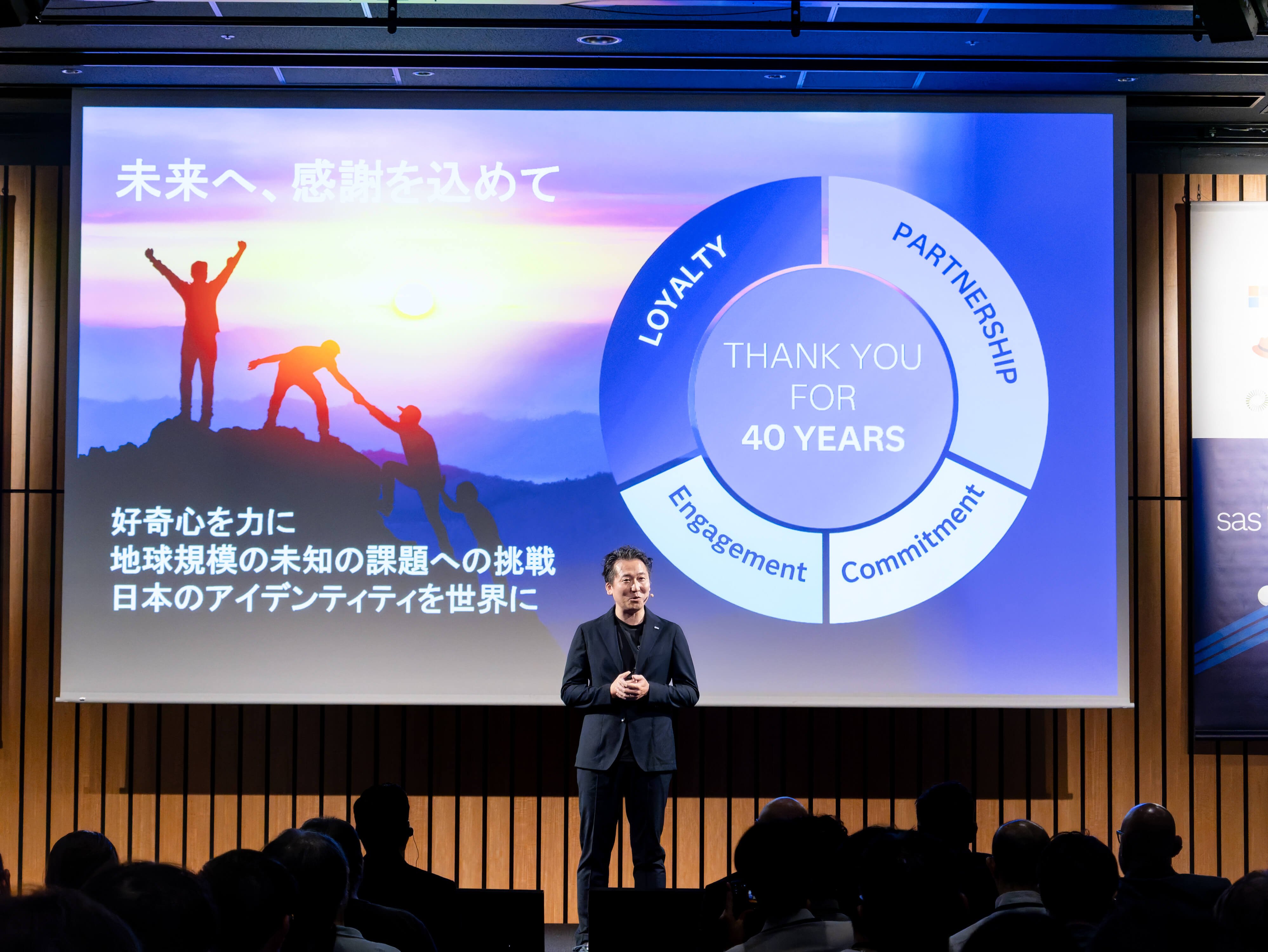Once in a while, people run into an issue with the data that doesn't really need to be fixed right to ensure success of a specific project. So, the data issues are put into production and forgotten. Everyone always says, “We will go back and correct this later.” But that never happens. At least not with anyone I know. If you have had the luxury of going back and making corrections after something is in production, please let me know so I can change my attitude on this issue!
The assumption is that if it is in production, and nothing broke, then all is OK! In the first blog of this three-part series, I stated that for a data quality initiative consider checking for completeness, accuracy, and integrity of the data. These, to me, are the most important metrics about data quality to collect and monitor. (Read more about how to employ a data quality strategy in this white paper). Consider questions like:
- How complete is the data? Are we losing any attributes or are they changing during the data lifecycle? Does the data have everything we need to make a decision?
- How accurate is the data? This is extremely important for financials, names, addresses, etc.
- Can this data be trusted? How many algorithms or people have touched this data before I got it? Is the data validated during the process?
I am sure you are thinking about downstream systems that get bad data for consumption in their processes. Truthfully, unless the data is monitored on an on-going basis, the issues may not be seen until the company has lost substantial opportunity to decrease expenditures. Let’s take a manufacturing example. If the complete, correct data is not available to design the full load of a truck, we could have trucks going out with half loads. A half loads loses money for the company.
So, consider establishing the metrics required to alleviate one or two examples where the quality and monitoring of data can save the organization money. These one or two examples may fund your data quality and on-going data monitoring projects.





